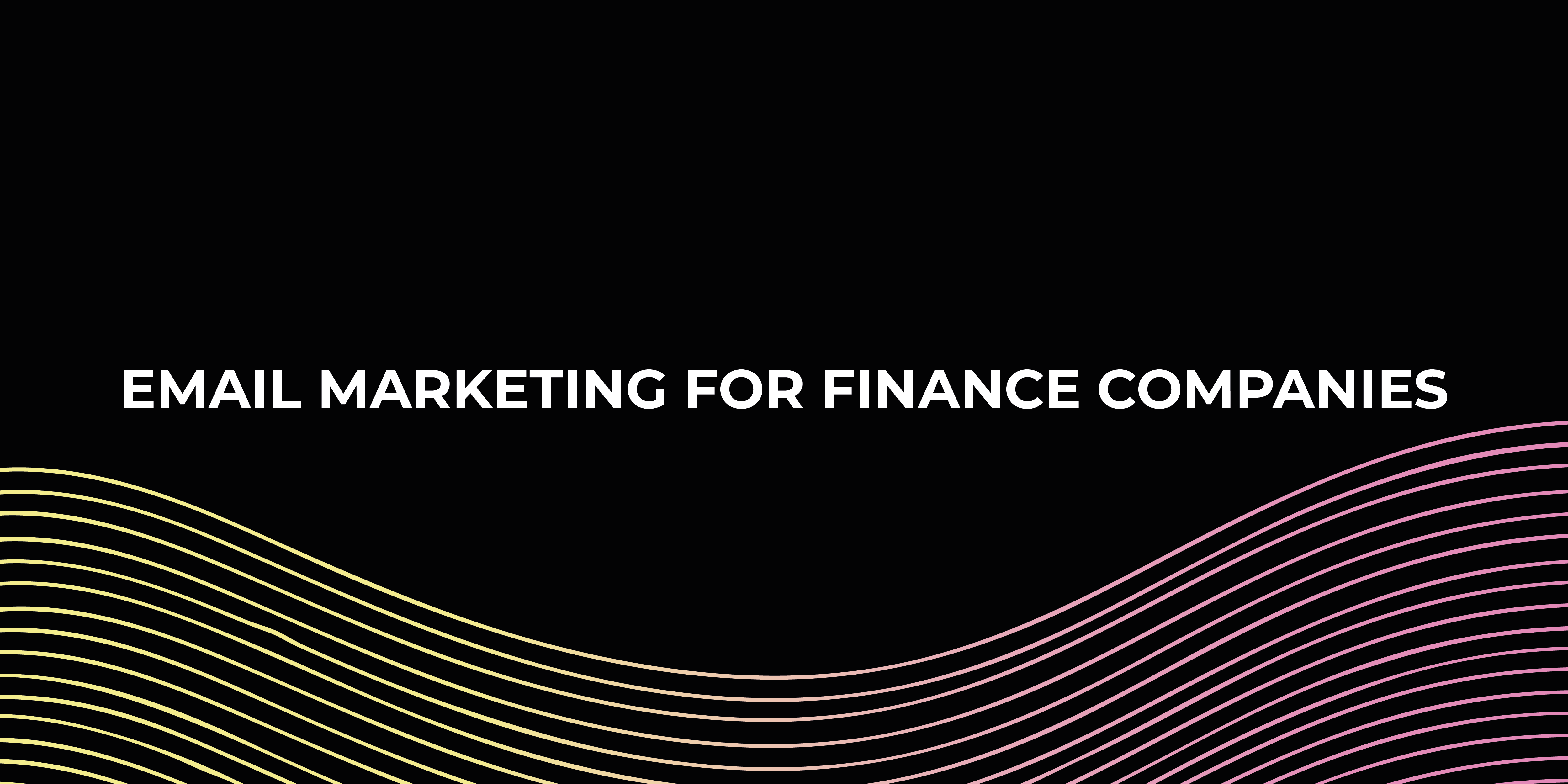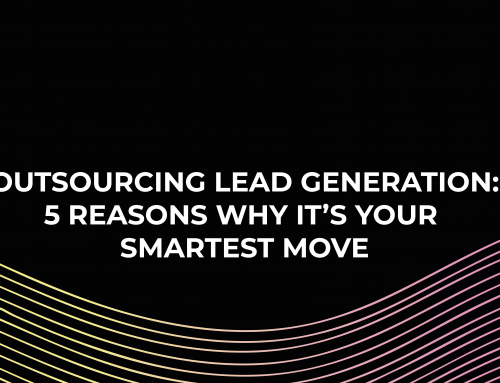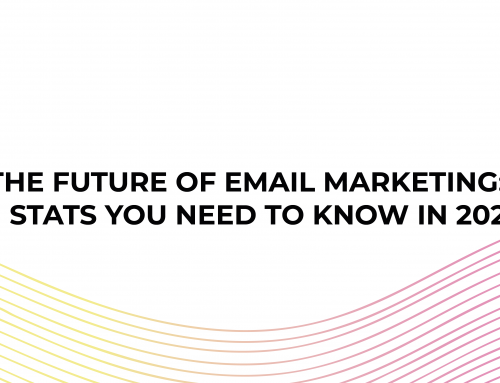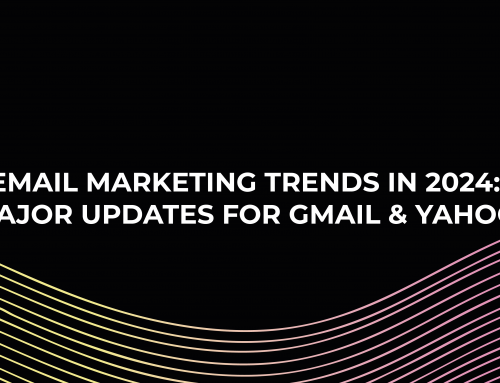Even though the death knell for email marketing has sounded for the better part of a decade, email as a channel remains the gold standard when it comes to return on investment (ROI) for digital marketing. And that is not the case for only large brand retail marketing.
Financial services, for example, are a heavily regulated industry continuing to depend on email as a low-cost communication medium to convert prospects, cultivate customer connections, and provide service to long-term consumers.
What exactly is Email Marketing for Financial Services?
Email marketing for financial services is most simply defined as “the use of the email channel to advertise goods and/or financial services.”
That may be too simplified since if a lucrative business, such as banking, investing a little more in email marketing, they would see a significant rise in opens, clicks, and conversions.
What are the similarities between financial services such as banking, credit card firms, insurance, stock and investment goods, and so on? All of them are based on trust and connections.
As a result, you may benefit from a more precise definition:
“The use of the email channel and marketing automation to create connections with prospective consumers and clients is defined as Email Marketing for Financial Services.”
This entails delivering personalised emails to customers and prospects.
Nurture them with intriguing content, educate them on their goods, and help them progress through the sales cycle. You may acquaint email subscribers with your financial services through value-added marketing and service communication.
Email Marketing’s Advantages for Financial Institutions
Here’s why you shouldn’t allow your fears to prevent you from including email into your entire digital marketing strategy.
- Inbox marketing may be more personal and direct than other marketing methods.
- You may use data to assist individuals in better their financial condition by providing targeted tools and unique offers.
- Because email needs permission, the individuals on your list are interested in hearing from you. They might benefit from your assistance in managing and maximising their money as well. Use a “help first, sell later” strategy for the greatest results.
- Unlike conventional marketing methods like radio, billboards, print, and television, email marketing is a low-cost investment.
- Divide your email list into categories based on their requirements and objectives, such as new customer onboarding, education, lead nurturing, and so on.
- It’s “future-proof,” which means that most people anticipate email to be there for a long time.
Creating the Best Email Campaign for a Financial Services Company
Many marketers refer to a marketing channel failure as a failure to pivot inside that channel. Let’s look at some of the ways marketers may build an email campaign to match better a financial services brand in today’s business world.
Your Subject Line
The importance of subject lines cannot be overstated. Longer subject lines fare better than shorter ones. This is why.
The contemporary digital consumer is programmed to tune out sales communications. And commercial communications are often brief, but informative ones are lengthy.
This is why subject lines featuring a percentage or statistic outperform all others across sectors and buyer profiles.
Aim for 65 characters or less email subject line for the greatest results. However, if you know that most of your clients view your email using mobile devices, ensure that the first 25 characters convey your message. Many mobile devices limit the length of a subject line to 25–30 characters.
Reducing the List
Always sanitise your email list for the greatest results. You don’t have to retain everyone on your list, hoping that low-interest prospects would ultimately change their minds.
On the other hand, hard bounces should be seen as an indication that your message needs to be tweaked. You may re-engage these dormant leads once you’ve changed the message.
Another reason to pare down your list is that you need to concentrate your efforts on communicating with those interested in your business. Once you’ve identified these individuals, you may craft communications that are tailored precisely to them. This is expected to increase engagement and click-through rates.
Campaigns with Multiple Variables
Always think about testing fewer variables in your advertisements. Perhaps your target audience reacts more to images than words.
Perhaps you should use more text to make a difference.
You won’t know until you include some A/B testing in the mix. Because of its minimal cost, email makes it simple.
Test various campaigns on different buyer profiles if you have them. Not only will you be able to discover the most successful email design, but you will also be able to focus on the profiles that react best to your campaigns.
Email Authentication That Works
Additionally, ensure that you have been authorised as an email producer. It would help to get acquainted with acronyms such as DMARC, SPF, and DKIM. Email spam filters will grow more effective over time in weeding out emails that have not been properly authorised.
Always entertain or inform your audience.
Finally, ensure that the content of your email provides your target consumer with either fun or information constantly.
Because most individuals do not pay their full attention to email, you will continually have to fight for your audience’s eyes and ears. Consider the following figures:
- 70% of individuals check their email while watching television.
- 52% check their email when lying in bed.
- 50% of the time, people check it while on vacation.
- While on the phone, 43% check their email.
- 42% of people use the restroom while reading your messages.
Mobile-Friendly Emails
Your email is more likely to be viewed on a mobile device than a desktop computer these days. Make sure it’s easy to read and skim on a tiny screen. You may also include social media links in your emails (remember, you don’t have to renounce social media entirely).
Creating One-Person Message
Use the pronoun ‘you,’ and attempt to write as many phrases as you can from your customer’s point of view. “You need money to acquire a new automobile; we can assist with simple auto loans,” for example, is preferable to “We provide reasonable auto loans to help you get back on the road.”
A Call-to-Action
Believe it or not, customers like to be instructed on what to do. As a result, always include a compelling call to action in your emails.
When creating the perfect Call to Action, consider how well your readers already know your business and what you have to offer. Keep in mind where they are in the sales nurturing process. For example, “learn more” is a less demanding request than “apply immediately.” When your CTA and audience are well-matched, your campaigns will be more successful.
Maintaining Client’s Interest
After your consumer opens your email, how do you keep them reading? Using passion and detailed description, as well as brief phrases and skimmable bullet lists, will all increase the probability that your consumer will read through your message.




